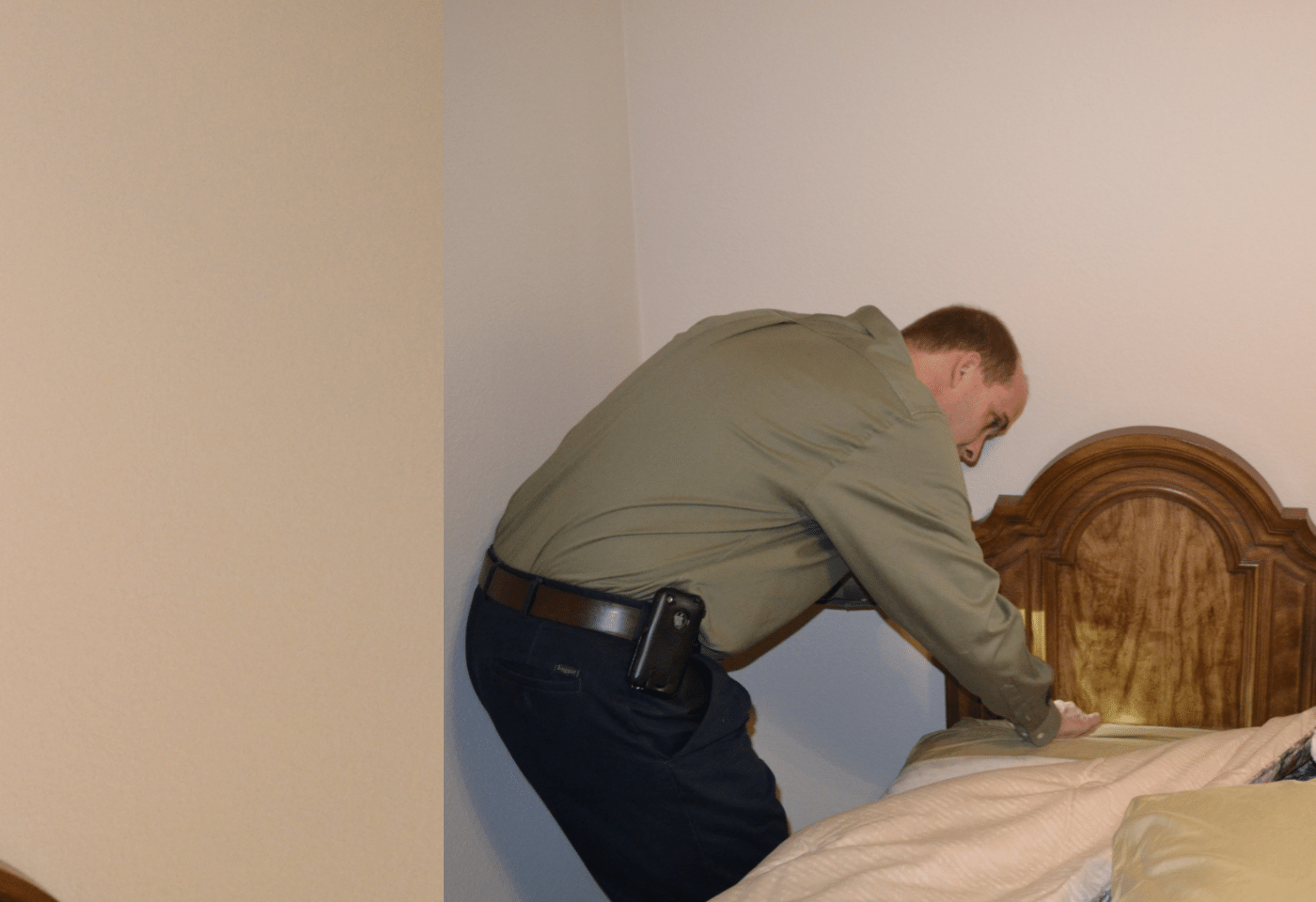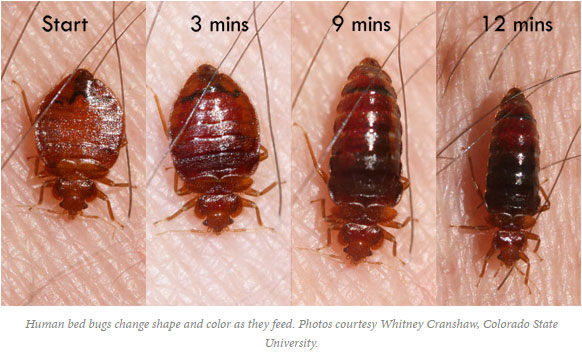A1 Bed Bug Exterminator Houston: Quick Removal Solutions
Wiki Article
Recognizing the Lifecycle of Insects for Targeted Control Methods
Understanding the lifecycle of parasites is a basic facet of effective parasite administration techniques. Through a deeper understanding of how parasites advance and thrive, customized control techniques can be created to attend to specific factors in their lifecycle, eventually leading to even more successful pest monitoring results.Value of Comprehending Pest Lifecycle
Understanding the lifecycle of parasites is vital for developing reliable and targeted control strategies in parasite administration. By understanding the different stages a bug goes via from egg to adult, insect control experts can determine prone points in the lifecycle where intervention can be most effective. For example, understanding when larvae are most energetic can assist identify the optimum timing for applying larvicides. In addition, understanding the life expectancy of a pest varieties can help in predicting populace growth patterns and potential invasion threats.In addition, acknowledging the certain ecological conditions essential for each and every stage of the parasite's lifecycle can assist choices on environment modification or exclusion approaches to interfere with the lifecycle and decrease pest populaces. This expertise enables pest monitoring experts to execute positive measures as opposed to depending only on responsive treatments, leading to more lasting and lasting parasite control solutions. Ultimately, a thorough understanding of parasite lifecycles encourages insect control specialists to customize their methods efficiently, making the most of and decreasing ecological effects control outcomes.
Secret Phases in Insect Growth
To effectively apply targeted control strategies in insect management, an essential facet lies in adequately recognizing and understanding the vital stages in pest advancement. Bug growth normally consists of a number of vital stages that are essential for their lifecycle and monitoring.

Susceptabilities in Insect Lifecycle
Throughout the numerous stages of an insect's lifecycle, distinctive susceptabilities arise that can be tactically targeted for effective control procedures (A1 Bed bug Exterminator directory houston). One critical vulnerability lies in the egg phase, where bugs are typically extra at risk to particular insecticides or organic control agents due to their soft outer covering, making them less complicated targets for intervention. Understanding these vulnerabilities in the bug lifecycle is crucial for creating exact and effective control methods that successfully handle insect populations while minimizing environmental effect.Applying Targeted Control Measures

Applying targeted control measures normally entails a multi-faceted technique. This might include habitat modification to make the atmosphere much less friendly to bugs, such as eliminating standing water for insect control or securing entry points for rodents. Furthermore, organic control methods can be i was reading this made use of, where natural killers or virus are introduced to maintain bug populaces in check.
Integrated Insect Management (IPM) methods that integrate numerous control steps in a collaborated and lasting way are typically the most effective in achieving long-lasting bug administration goals. By applying targeted control measures based on a comprehensive understanding of insect lifecycles, bug populations can be efficiently managed while decreasing risks to human health and wellness and the setting.
Enhanced Bug Monitoring Practices

In addition, the incorporation of organic control agents, such as all-natural killers or pathogens of pests, can help reduce reliance on chemical pesticides and promote an extra well balanced community. Implementing physical obstacles and catches can additionally belong to improved insect monitoring methods, using safe and targeted solutions for pest control. Additionally, the usage of scents and various other semiochemicals can interrupt pest breeding patterns and interaction, resulting in lowered bug populations over time.
Final Thought
By recognizing vital stages in pest growth and susceptabilities in their visit the site lifecycle, targeted control procedures can be executed to decrease bug populations. Improved parasite monitoring techniques can aid decrease the reliance on broad-spectrum pesticides and promote more eco friendly and lasting pest control approaches.Comprehending the lifecycle of parasites is vital for establishing efficient and targeted control approaches in pest monitoring. By understanding the various phases a bug goes with from egg to grownup, insect control professionals can recognize prone points in the lifecycle where treatment can be most effective. Eventually, a thorough understanding of bug lifecycles empowers bug control professionals to tailor their approaches successfully, minimizing ecological influences and optimizing control results.
By executing targeted control measures based on a detailed understanding of bug lifecycles, bug populations can be efficiently managed while reducing dangers to human health and the setting.
By recognizing key stages in insect advancement and susceptabilities in their lifecycle, targeted control procedures can be executed to decrease parasite populations.
Report this wiki page